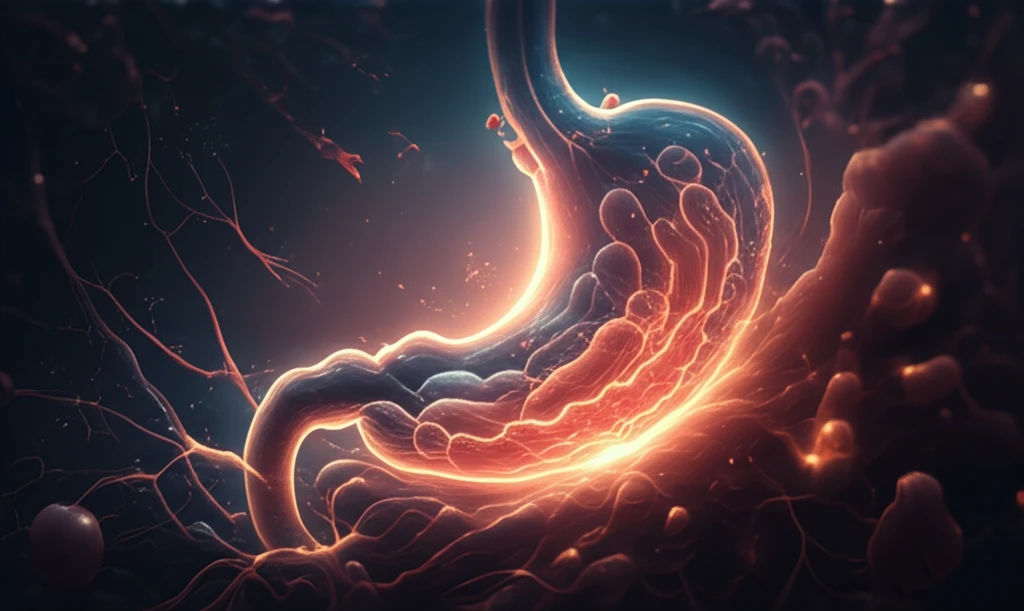
Gastric Xanthoma: Your Gut's Early Warning Sign for Stomach Cancer After H. pylori Treatment
"New research highlights gastric xanthoma (GX) as a key predictive marker for early gastric cancer detection following Helicobacter pylori eradication."
Stomach cancer remains a significant global health concern, ranking among the leading causes of cancer-related deaths worldwide. However, proactive measures, such as Helicobacter pylori (H. pylori) eradication, have shown promise in preventing gastric cancer development. With the increasing adoption of H. pylori eradication therapies, particularly following widespread coverage under national health insurance systems like in Japan, the detection rate of early-stage gastric cancer after eradication is expected to rise.
The increased surveillance through esophagogastroduodenoscopy (EGD) after H. pylori eradication creates an opportunity for early detection. However, there's been a gap in understanding reliable predictive markers that can signal the presence of early gastric cancer in these post-eradication scenarios. Prior research has hinted at factors like atrophy, intestinal metaplasia, and certain endoscopic features as potential indicators, but more definitive markers are needed.
Recent studies have suggested that gastric xanthoma (GX), a specific type of lesion in the stomach, might be a predictive marker for early gastric cancer. Addressing this critical need, a recent study published in 'Internal Medicine' investigates GX and other endoscopic findings to identify reliable predictive markers for early gastric cancer detection after H. pylori eradication. This article explores the findings of this research, offering insights into how GX can serve as an early warning sign and contribute to improved patient outcomes.
Decoding Gastric Xanthoma (GX): What the Research Reveals

The study, a retrospective, single-center observational analysis, was conducted at NTT West Osaka Hospital. Researchers analyzed data from 421 patients who underwent endoscopic submucosal dissection (ESD) for early gastric cancer between June 2006 and August 2017. The focus was on 70 patients who developed gastric cancer (Group C) and 114 patients without gastric cancer (Group NC) after H. pylori eradication. The researchers meticulously reviewed endoscopic images and assessed various factors, including the presence of gastric xanthoma (GX) and scores related to endoscopic findings.
- Male sex
- Atrophy (open type)
- Presence of intestinal metaplasia
- Gastric xanthoma (GX)
Empowering Early Detection: The Future of Gastric Cancer Screening
This research underscores the importance of gastric xanthoma as a valuable predictive marker for early gastric cancer detection after H. pylori eradication. By recognizing GX as an early warning sign, healthcare providers can implement more targeted screening strategies, potentially leading to earlier diagnoses and improved treatment outcomes. While further investigations are needed to validate these findings and explore the underlying mechanisms, this study represents a significant step forward in refining our approach to gastric cancer prevention and early intervention.
